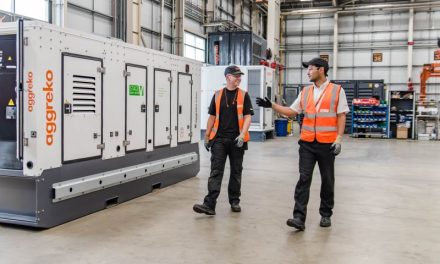Research from Delta-EE, the specialist new energy research & consulting company, suggests that 2022 could be the year where policy support creates a viable business case for green hydrogen.
According to Delta-EE’s clean hydrogen projects database, 115 projects – with a combined potential electrolyser capacity of 2,138 MW – are due to become operational in 2022 and 2023. But only 37% (794 MW) of these projects have reached final investment decision or been awarded public funding in Europe and the UK. Many of these projects are dependent upon positive legislative indications and incentives from respective governments.
Incentives such as the UK Hydrogen Business Model and the wider Net Zero Hydrogen Fund, expected to launch in early 2022 and 2023; the UK Hydrogen Strategy, aiming for regulatory frameworks to be in place in the early 2020’s; and the EU’s RED II delegated act and Hydrogen and Decarbonized Gas Package, are expected to be key policy drivers. If the necessary policy environment is achieved, 2022 could represent a tipping point for a flurry of activity. With over 6 GW of announced projects now planned by the end of 2024, according to Delta-EE’s pipeline, the focus must shift to providing a policy environment that allows these projects to reach reality.
Delta-EE’s research identifies the Hydrospider AG project in Switzerland as an example of legislative frameworks providing a viable environment for commercial hydrogen activity, as hydrogen fuel cell heavy goods vehicles are exempt from road tax on commercial vehicles, allowing them to approach cost competitiveness with diesel vehicles.
Dr. Robert Bloom, service manager for Delta-EE’s Global Hydrogen Intelligence Service, comments on the potential for a regulatory tipping point: “To date, many green hydrogen projects have been planned and announced in Europe, but relatively few have reached final investment decision. Our research suggests that 2022 could be the year where we see the necessary policy environment develop that could drive projects in the tens or even hundreds of megawatts towards coming online.”
“Long-term incentives and long-term policy will allow de-risking of projects. This will give developers confidence that project finances are viable, and customers can be provided with a cost-effective solution leading to the green lighting of a number of the planned projects in the UK and Europe.”
Other key findings from Delta-EE’s series of hydrogen reports include the evolving landscape of green hydrogen demand. Total green hydrogen demand within Europe is expected to rise from around 9,900 tonnes per year in 2021 to over 620,000 tonnes per year in 2026. In 2021, demand from the industrial sector outstripped that of transport for the first time. The industrial sector is a prime target for clean hydrogen and Delta-EE predicts it will account for over 60% of green hydrogen demand by 2026. There are currently 15 industrial projects awaiting final investment decisions or public funding, linked to potentially 894 MW electrolyser capacity due to come online in 2022 and 2023.




